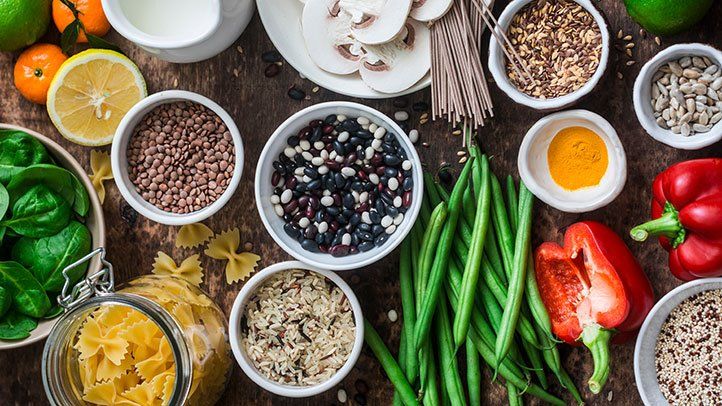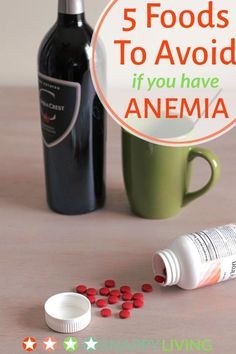
The Whole30 diet can help reset your metabolism and cleanse your gut. You can't consume junk food or buy store-bought items. And you will need to avoid soy and dairy. It is possible to eat lots of vegetables and fruits. This can be a great alternative for fast-food. The list also includes recipes for healthy snacks and meals. These delicious, nutritious treats can be made without losing the taste of your favorite foods.
You can eat a variety of fruits and vegetables as part of the Whole30 diet. Although you don't have to avoid all foods, the Whole30 diet does not require you to. The Whole30 website provides a list of prohibited and allowed foods. You can also download the free chart.
While you can't consume packaged foods, they can be purchased in any store that stocks them. Although they technically conform to the Whole30 diet guidelines, they are not part of the Whole30 foods list. Instead, it focuses on eating more natural and unprocessed foods - such as fruit, nuts, and seeds. While you're eating more vegetables than ever, you won't be able to have as much processed meat, so make sure you check the labels carefully.

The Whole 30 Plan encourages you to eat more vegetables that you would normally. This is because they contain more nutrients and fiber. While Whole30 doesn't allow you to eat cowboys ribeyes for 30 consecutive days, vegetables are an excellent source of fiber as well as minerals. You shouldn't make fruit a staple of your diet. Fruits are high-in natural sugar. A lot of people don't even realize that they're eating too much sugar.
You can eat as many vegetables and fruits as you want but you won't be allowed to eat potatoes on the whole30 diet. While you can eat any fruit or vegetables you like, it's important not to consume too many processed cheeses and red meat. This is a common cause of bloating. However, you might have to shop at a supermarket that carries these products.
Other Whole30 friendly foods include fish and eggs. These can be added to stir-fries or salads. However, you should not consume too many of them. If you choose the right foods, you can still enjoy them in moderation. Although you might not like chocolate, you still can eat almond butter or carrots. In addition, you can even use almond butter and vegetable juice in moderation.
A Whole30 diet isn't for everyone, but it's a good way to detoxify your body and lose weight. It's also an excellent way to feel healthier and eat better. If you're trying it for the first time, there are a few things to remember before you begin the program. It is a good idea to eat these foods often if you are unsure of what foods you should include.

Bananas or plantains can also be fried in coconut oils, which is permitted on the Whole30 food list. Coconut oil is a good option for bananas and plantains. However, you should avoid overripe bananas. Avocados are an excellent addition to the Whole30 diet. They can be used to curb your cravings. The Whole30 diet is best to be consistent for a few months to reap the benefits.
The Whole30 diet is a great way to get rid of bad eating habits. You can avoid sugary processed foods. Your body can feel good by eating whole, unprocessed foods. It doesn't require any calorie counting, portion measurement, or weight control. You can do Whole30 without any of these traditional lifestyles. You should make sure there are no side effect while on Whole30.
FAQ
What can I do to lower my blood pressure?
It is important to first understand what high blood pressure is. Next, you will need to determine what is causing high blood pressure. This could be as simple as eating less salt, losing weight, taking medications, etc.
You also need to make sure you are getting enough exercise. If you don’t have enough time to exercise regularly, consider walking more often.
If you're unhappy with the amount of exercise you do, you might consider joining a fitness club. You will probably join a gym where you can meet other people with similar goals. It's much easier to follow a routine if someone is with you at the gym.
Is it possible to have a weak immune system due to being cold?
Cold causes a decrease in immune system strength. This is because white blood cells are less effective at fighting infection. But, cold makes you feel better. Your brain releases endorphins that reduce pain.
How much should my body weight be for my height? BMI calculator & chart
The best way to determine how much weight you need to lose is to use a body mass index (BMI) calculator. The range of a healthy BMI is between 18.5- 24.9. If you want to lose weight, then you should aim to drop about 10 pounds per month. Enter your height and weight to calculate your BMI.
This BMI chart shows you if it is possible to identify if you are either overweight or obese.
Statistics
- WHO recommends consuming less than 5% of total energy intake for additional health benefits. (who.int)
- According to the Physical Activity Guidelines for Americans, we should strive for at least 150 minutes of moderate intensity activity each week (54Trusted Source Smoking, harmful use of drugs, and alcohol abuse can all seriously negatively affect your health. (healthline.com)
- WHO recommends reducing saturated fats to less than 10% of total energy intake; reducing trans-fats to less than 1% of total energy intake; and replacing both saturated fats and trans-fats to unsaturated fats. (who.int)
- Extra virgin olive oil may benefit heart health, as people who consume it have a lower risk for dying from heart attacks and strokes according to some evidence (57Trusted Source (healthline.com)
External Links
How To
What does the term "vitamins" mean?
Vitamins are organic compounds naturally found in food. Vitamins are essential for our bodies to absorb nutrients from the foods we eat. Vitamins cannot come from the body so food must provide them.
There are two types vitamins: water soluble or fat soluble. Water soluble vitamins dissolve easily in water. These include vitamin C (thiamine), Vitamin B1 (riboflavin), Vitamin B2 (riboflavin), Vitamin B3 (niacin), Vitamin B6 (pyridoxine), Vitamin C, B1 (thiamine), Vitamin B2 (riboflavin), Vitamin B3 (niacin), and Vitamin B6 (pyridoxine). Fat soluble vitamins are stored in the liver and fatty tissue. Some examples include vitamin D and E, K, A and beta carotene.
Vitamins are classified according their biological activity. There are eight major groups of vitamins:
-
A - essential for normal growth and maintenance of health.
-
C - important for proper nerve function and energy production.
-
D - necessary for healthy bones and teeth.
-
E - Required for good vision & reproduction
-
K - Essential for healthy muscles and nerves.
-
P - Vital for strong bones and teeth.
-
Q - aids digestion and absorption of iron.
-
R – Required for the formation of red blood vessels.
The recommended daily allowance for vitamins (RDA) varies based on gender, age, and physical conditions. RDA values are set by the U.S. Food and Drug Administration (FDA).
For adults 19 years and over, the RDA of vitamin A is 400mg per day. For fetal development, pregnant women need 600 mg per day. Children ages 1-8 require 900 micrograms per day. For infants younger than one year, 700 micrograms are required daily. However, this number drops to 500 micrograms each day for children aged 9-12 months.
Children between the ages of 1-18 need 800 micrograms per daily for obesity, while children overweight require 1000 micrograms. Children underweight or obese will need 1200 mg per day.
Children aged 4-8 years old who have been diagnosed as having anemia require 2200 micrograms of vitamin C per day.
2000 micrograms per person is necessary for general health. Mothers who are pregnant, nursing, or have a high nutrient need will require 3000 micrograms a day.
Adults over 70 require 1500 micrograms each day, since they lose around 10% of their muscle mass every decade.
Women who are pregnant, nursing or breastfeeding need more than the RDA. Pregnant woman need 4000 micrograms daily in pregnancy, and 2500 per day after childbirth. Breastfeeding mothers require 5000 micrograms daily when breast milk production is occurring.